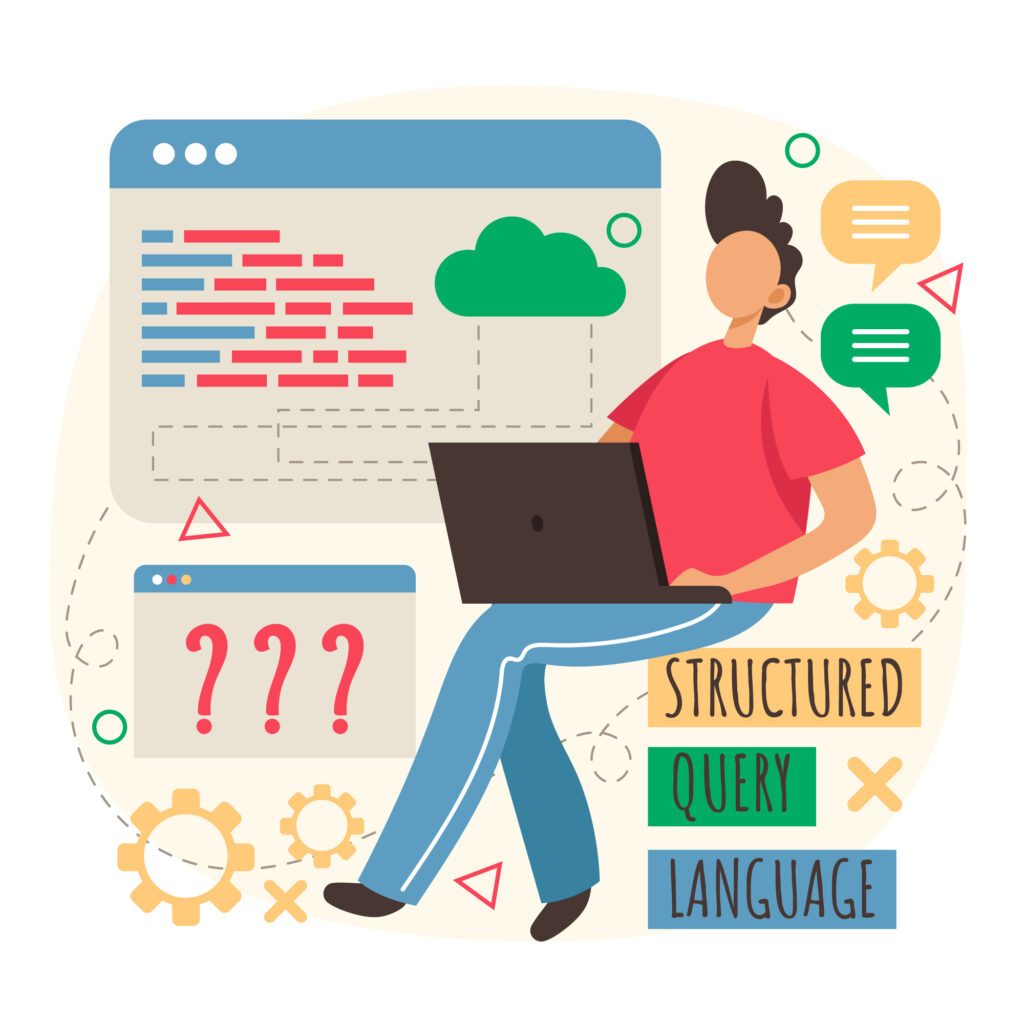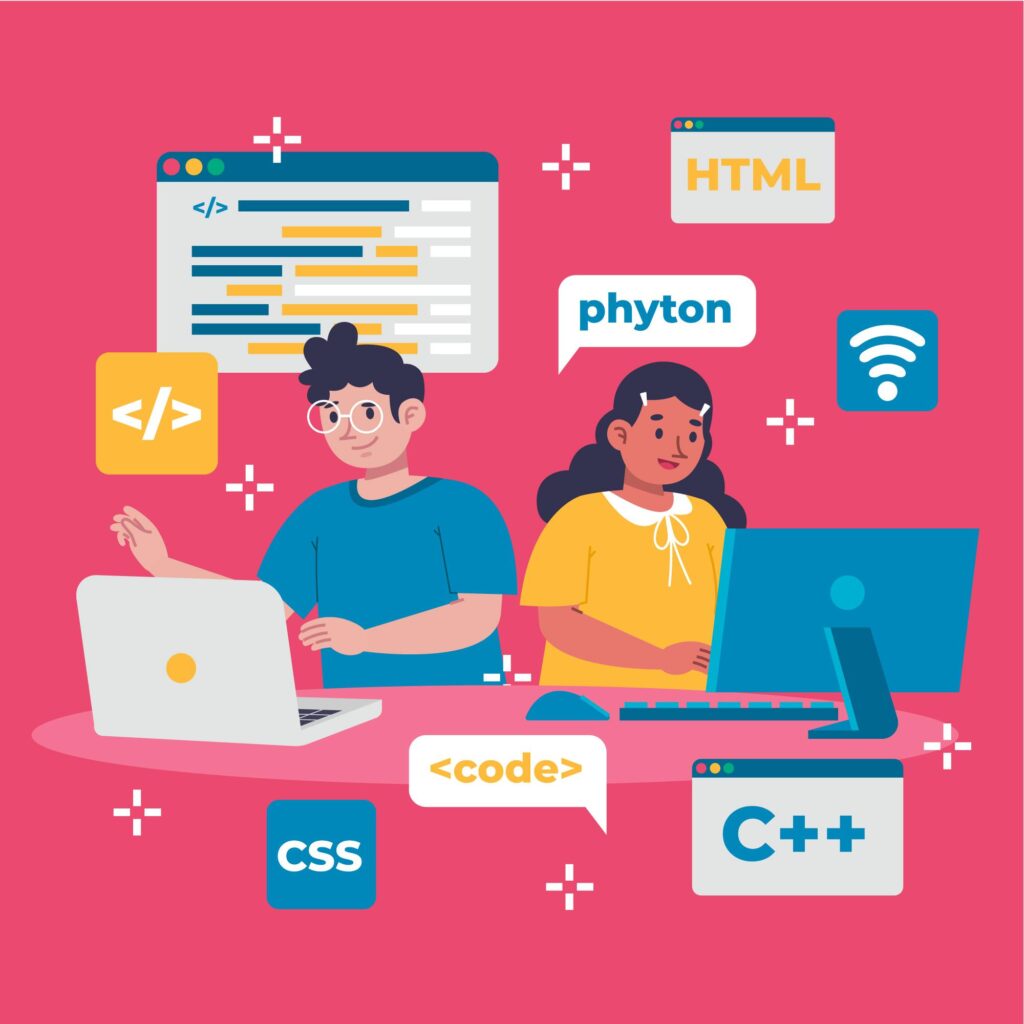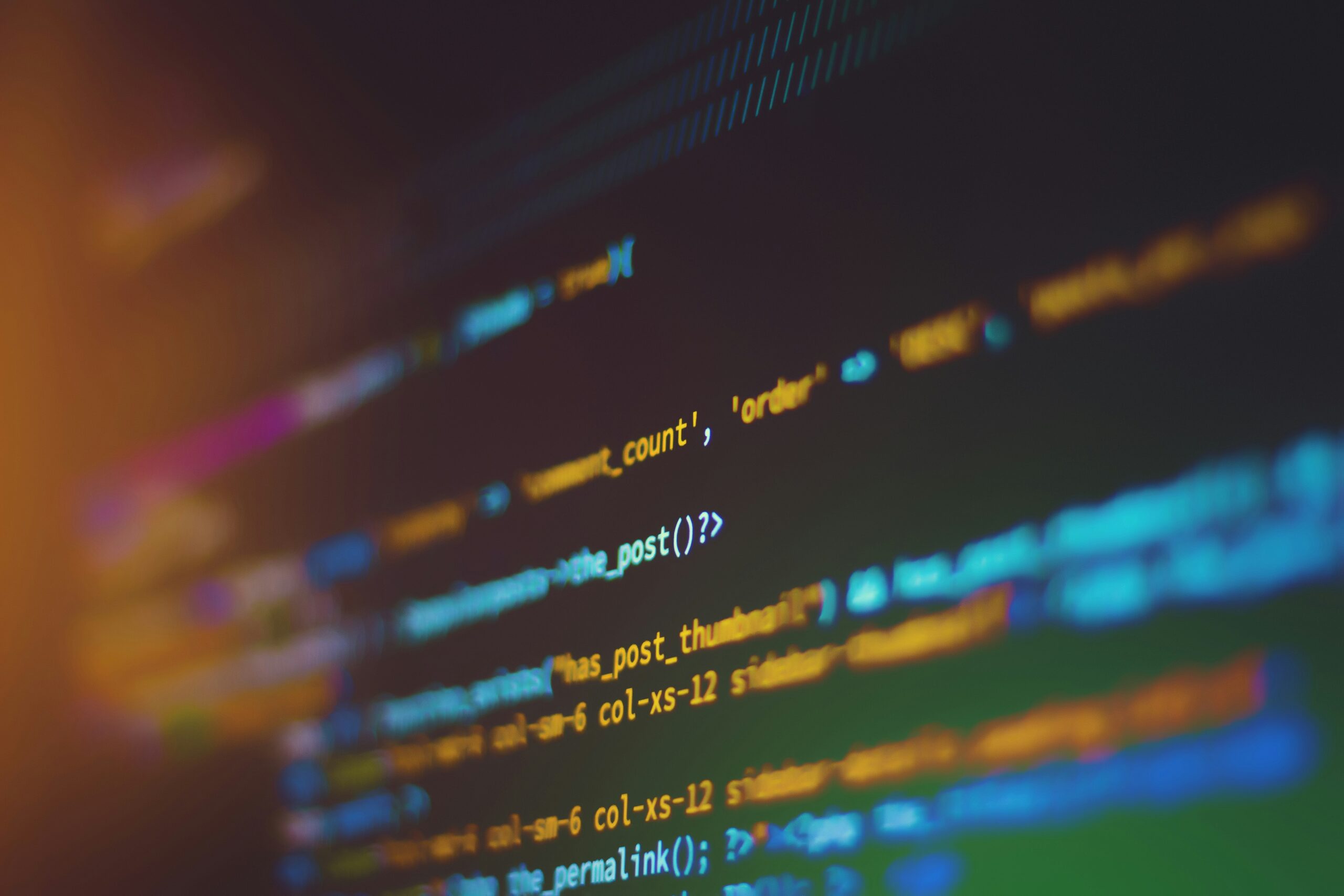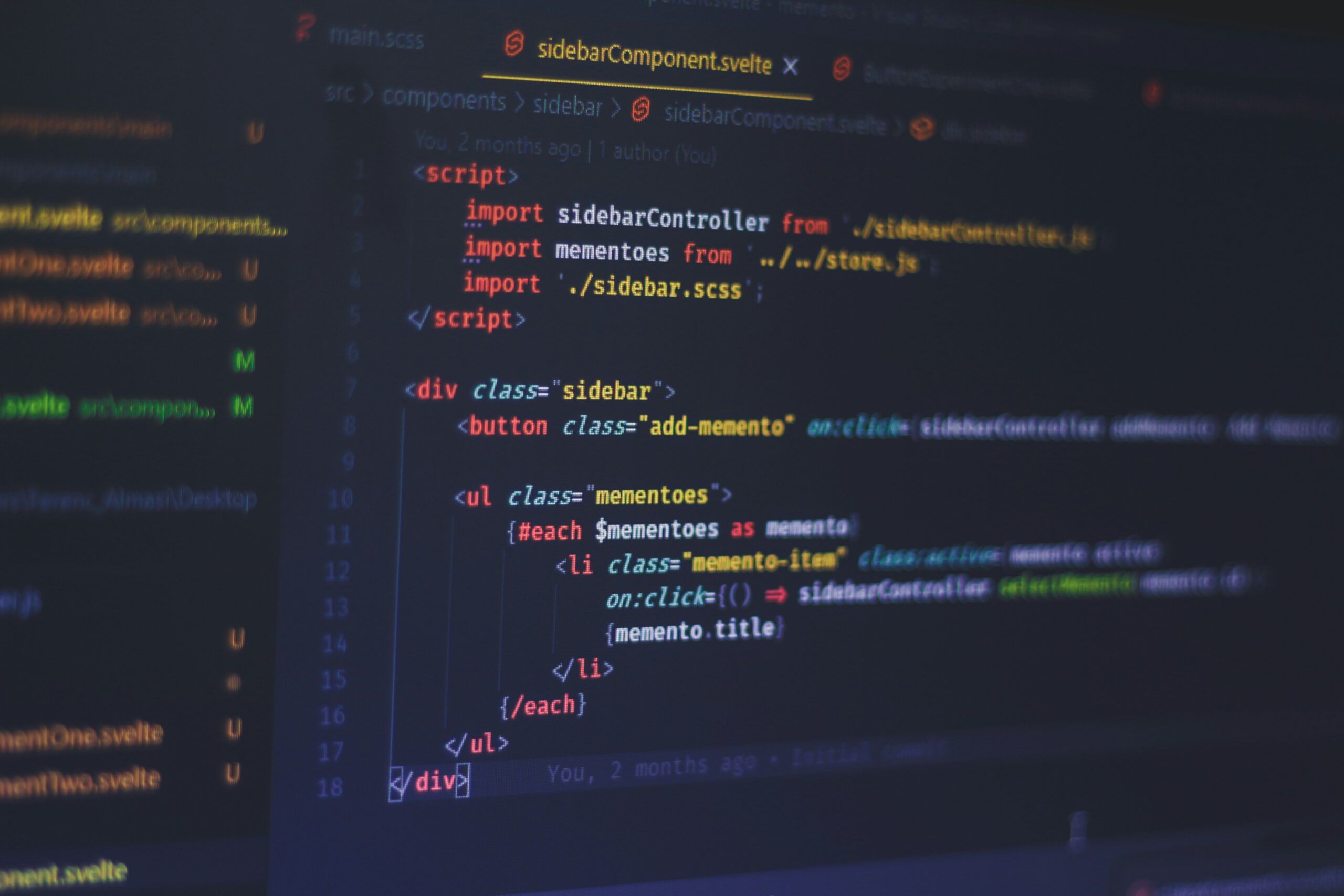When it comes to web development, there are two main types of coding: front end and back end. While front-end coding focuses on the visual aspects of a website, back-end coding is responsible for the behind-the-scenes functionality that makes everything work smoothly. A Basic Guide to Backend Coding Language, we will explore the world of back-end coding and introduce you to the essential languages and concepts you need to know.

What is Backend Coding?
Backend coding refers to the process of writing code that runs on the server side of a website or web application. It involves handling data, processing requests, and managing the overall functionality of the website. Back-end developers use various programming languages, frameworks, and tools to build the server-side logic of a website. A Basic Guide to Backend Coding helps to achieve a good foundation.
Popular Backend Coding Languages
Several programming languages are commonly used for back-end development. Let’s take a look at some of the most popular ones:
1. Python
Python is a versatile and beginner-friendly language that is widely used for web development. It has a clean syntax and a large standard library, making it easy to write efficient and readable code. Python frameworks like Django and Flask are popular choices for building web applications.
2. PHP
PHP is a server-side scripting language that is specifically designed for web development. It is known for its simplicity and compatibility with various databases. PHP frameworks like Laravel and Symfony are widely used for building robust and scalable web applications.
3. Ruby
Ruby is a dynamic, object-oriented language that is favored by many developers for its elegant syntax and readability. The Ruby on Rails framework provides a solid foundation for building web applications with ease and efficiency.
4. Java
Java is a versatile language that is used for a wide range of applications, including web development. It is known for its platform independence and scalability. Java frameworks like Spring and Hibernate are commonly used for building enterprise-level web applications.
5. JavaScript
JavaScript is a versatile language that can be used for both front-end and back-end development. With the advent of Node.js, JavaScript can now be used to build server-side applications. Popular frameworks like Express.js and Meteor.js make it easy to develop scalable and efficient back-end systems.

Essential Concepts in Backend Coding
While the choice of programming language may vary, there are some essential concepts that every back-end developer should be familiar with:
1. Databases
Backend coding often involves working with databases to store and retrieve data. Understanding concepts like relational databases, SQL, and NoSQL is crucial for building robust and efficient back-end systems.
2. APIs
Application Programming Interfaces (APIs) allow different software applications to communicate with each other. Back-end developers often create and consume APIs to integrate various services and functionalities into their web applications.
3. Security
Backend developers play a crucial role in ensuring the security of a website or web application. They must be familiar with best practices for handling user authentication, data encryption, and protection against common security vulnerabilities.
4. Performance Optimization
Efficient back-end coding involves optimizing the performance of a website or web application. This includes techniques like caching, load balancing, and minimizing database queries to ensure fast and responsive user experiences.

Conclusion
Back-end coding is a vital part of web development, responsible for the functionality and performance of a website. By learning the essential languages and concepts, you can embark on a rewarding journey as a back-end developer. Whether you choose Python, PHP, Ruby, Java, or JavaScript, the key is to understand the core principles and continuously improve your skills. Learn more through Full Stack Web Development Guide.
So, roll up your sleeves, dive into the world of back-end coding, and get ready to build amazing web applications!




